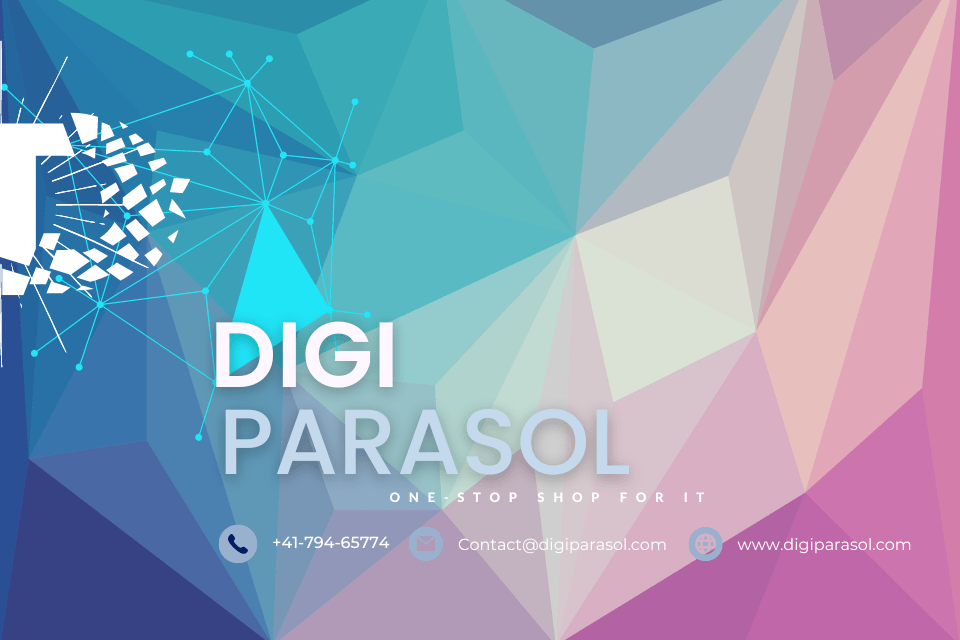Introduction
Artificial intelligence (AI) has been revolutionizing numerous industries, from healthcare to finance, and transportation is no exception. The integration of AI technology in the transportation sector has the potential to significantly improve efficiency, safety, and sustainability. In this article, we will explore the future of AI-powered transportation, focusing on autonomous vehicles and traffic optimization.
Autonomous Vehicles
One of the most exciting developments in the transportation sector is the emergence of autonomous vehicles. These self-driving cars are equipped with advanced sensors, cameras, and AI algorithms that allow them to navigate roads, detect obstacles, and make real-time decisions without human intervention.
The potential benefits of autonomous vehicles are immense. They have the potential to reduce traffic congestion, decrease the number of accidents, and improve fuel efficiency. By eliminating human error, autonomous vehicles can also make transportation more reliable and efficient.
Major companies such as Tesla, Google, and Uber are heavily investing in autonomous vehicle technology. Tesla’s Autopilot feature, for example, allows cars to navigate highways, change lanes, and park autonomously. Google’s Waymo has developed a fleet of self-driving taxis that have completed over 20 million miles on public roads. Uber is also testing autonomous vehicles as part of its ridesharing service.
Despite the progress made in autonomous vehicle technology, there are still significant challenges that need to be addressed. One major concern is safety – ensuring that self-driving cars can operate safely in various road conditions and scenarios. Regulatory challenges also need to be addressed, as different countries have different regulations regarding autonomous vehicles.
Another challenge is public acceptance. Many people are hesitant to trust autonomous vehicles, fearing accidents and technical failures. Building public trust and acceptance will be crucial for the widespread adoption of autonomous vehicles.
Traffic Optimization
In addition to autonomous vehicles, AI technology can also be used to optimize traffic flow and reduce congestion. Traffic optimization algorithms can analyze real-time traffic data, such as congestion, accidents, and road closures, to optimize traffic light timings, reroute traffic, and reduce bottlenecks.
One example of traffic optimization using AI is the Smart Traffic Management System in Singapore. This system uses AI algorithms to analyze real-time traffic data and adjust traffic light timings to reduce congestion and improve traffic flow. As a result, Singapore has seen a significant reduction in travel times and emissions.
Another example is the use of AI-powered navigation apps, such as Google Maps and Waze, which use real-time traffic data to provide users with the most efficient route. These apps can reroute drivers to avoid traffic jams, accidents, and road closures, saving time and reducing fuel consumption.
AI technology can also be used to optimize public transportation systems. By analyzing passenger data, such as travel patterns and peak hours, transportation authorities can optimize bus routes, schedules, and capacity to reduce overcrowding and improve efficiency.
Challenges and Future Outlook
Despite the potential benefits of AI-powered transportation, there are still several challenges that need to be addressed. One major challenge is the integration of AI technology with existing transportation infrastructure. Many cities and countries lack the necessary infrastructure to support autonomous vehicles and traffic optimization systems.
Another challenge is the ethical and legal implications of AI-powered transportation. Autonomous vehicles raise complex ethical questions, such as the decision-making process in emergency situations. Legal frameworks also need to be developed to address liability issues in case of accidents involving autonomous vehicles.
Looking ahead, the future of AI-powered transportation looks promising. As technology continues to advance, we can expect to see more autonomous vehicles on the roads, as well as more sophisticated traffic optimization systems. With the potential to reduce congestion, improve safety, and increase efficiency, AI-powered transportation has the potential to transform the way we travel in the future. By addressing the challenges and harnessing the potential of AI technology, we can create a more sustainable and efficient transportation system for future generations.


